Categorization:Harness Component
Specializing in the production of I-PEX | JAE | HRS | HONDA | KEL and other brands of very thin coaxial connectors and 32AWG-46AWG very thin coaxial line and 1.25PH-0.25PH pitch welding connector processing and combination of Micro Coaxial Cable harness assembly products.
1、 What is a coaxial cable?: 1) The basic structure of the cable is simple, the conductor is wrapped in a layer of outer cable is called an electronic wire. A cable with a multilayer structure in which the central conductor is wrapped with an insulating layer and the outer conductor and the outer layer are called a very thin coaxial line. The outer conductor of the coaxial cable plays the role of electromagnetic shielding, and the electrical signal transmitted through the central conductor is not easily affected by external electromagnetic waves (electromagnetic noise).
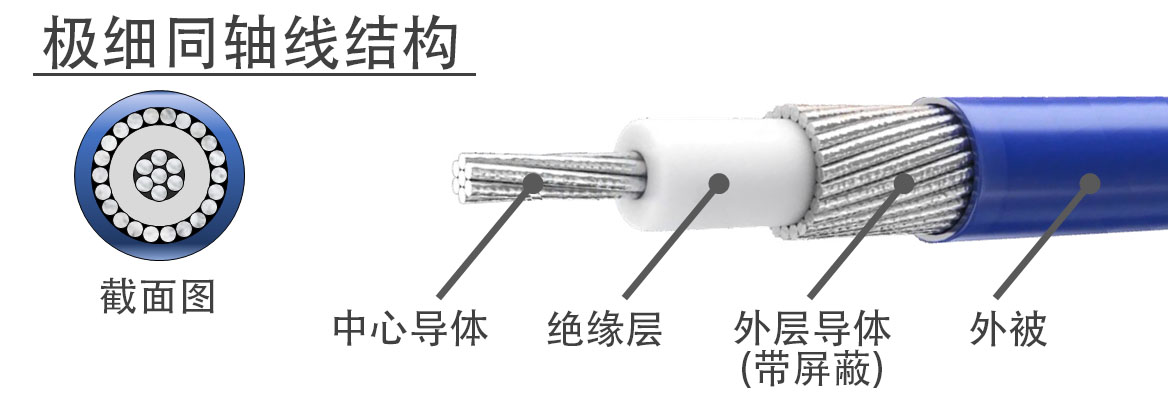
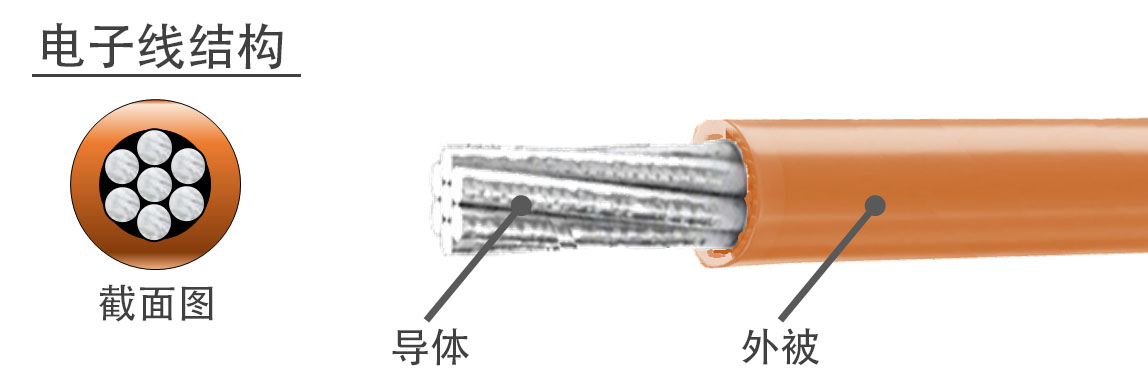
2) What is a very thin coaxial line? The size of the center conductor used in the coaxial line adopts the American Wire Gauge (AWG) standard, and the larger the AWG number is, the smaller the size of the center conductor is. In general, coaxial wires having an outer diameter (O. D.) of 1 mm or less are referred to as "very thin coaxial" wires. Extremely thin coaxial lines are widely used for signal transmission between modules in personal computers, tablet computers, smart phones and other devices, as well as between precision instruments in medical, industrial, automotive, aviation and other fields.
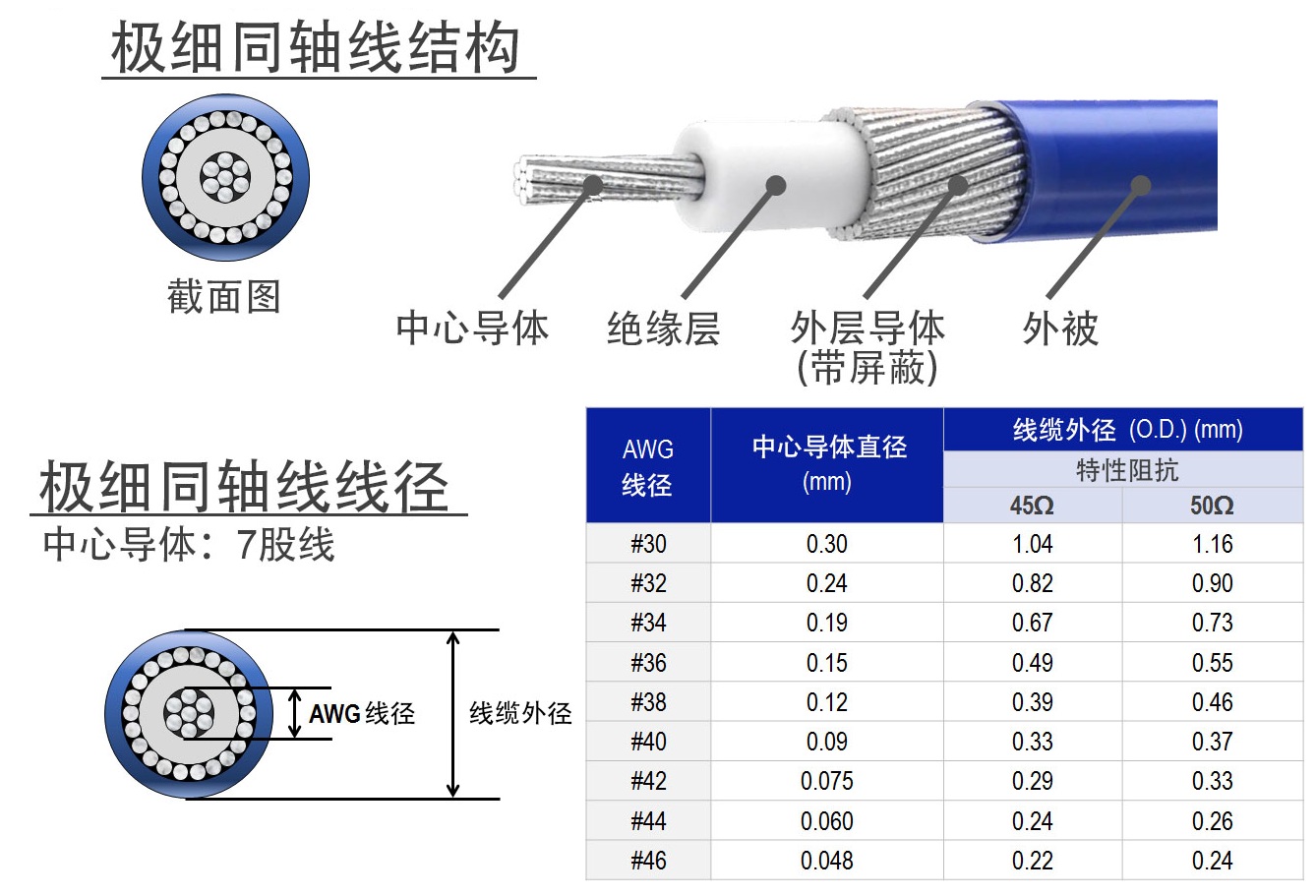
---------------------------------------------------------------------------------------------------
2、 What is a very thin coaxial line connector?: 01) Very thin coaxial line connector The very thin coaxial line connector is mainly used to connect digital signals between module boards in a differential transmission mode through a very thin coaxial line. For proper signal transmission, the center conductor transmitting the signal needs to be connected to the signal circuit on the PCB board through the terminals of the connector. The outer conductor of the cable needs to be electrically connected to the PCB board through the metal part of the connector, the housing. The electrical connection of the outer conductor to the PCB through the connector housing is referred to as "ground".
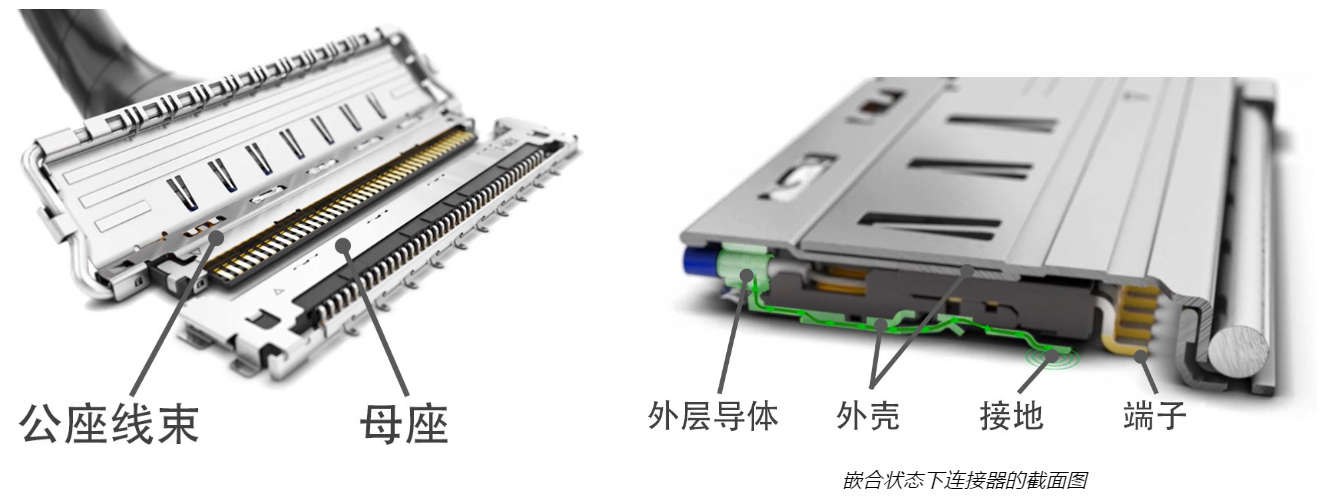
2) Preparation process of ultra-thin coaxial line male harness:
Main process of harness preparation: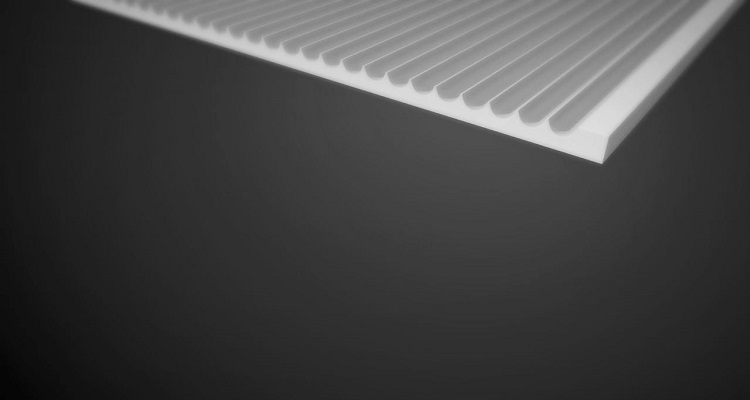
2.1: Prepare the cable assembly 2.2: Install the cable assembly to the male body assembly and solder the exposed wire to the male signal terminal 2.3: Position the latch assembly (or latch) Male part 2.4: Cover the male housing and solder the required area to complete the male harness First, prepare the very thin coaxial line to facilitate the harness assembly. Pretreated cables are referred to as cable assemblies. This pretreatment simplifies the cable welding process of the connector and improves the stability of the quality of the male harness. This is done before the cable is soldered to the connector.
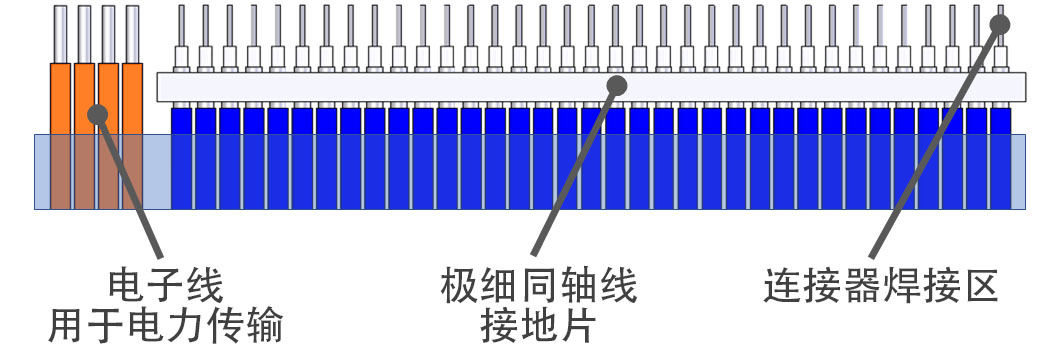
Condly, the outer conductor of the cable is welded on the connector shell, and the outer conductor of the cable is electrically connected with the PCB through the connector to obtain good grounding characteristics.

3) Cable assembly types In general, the following cable types are available for cable assemblies (depending on the harness manufacturer): All very thin coaxial lines:
Only very thin coaxial lines are used. Cable assemblies may use different cable diameters (range of diameter sizes may be limited).
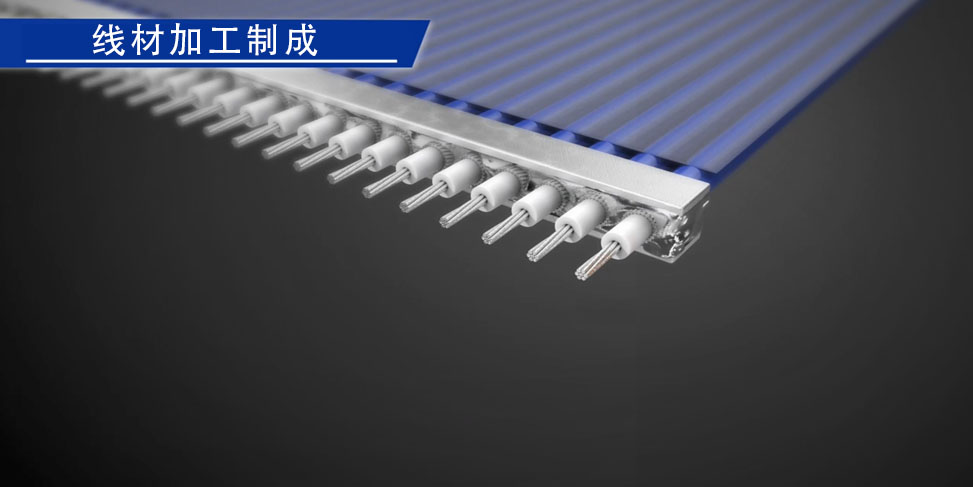
Extremely thin coaxial wire/electronic wire hybrid: Extremely thin coaxial wire is used for signal transmission, and discrete wire is used for power supply.
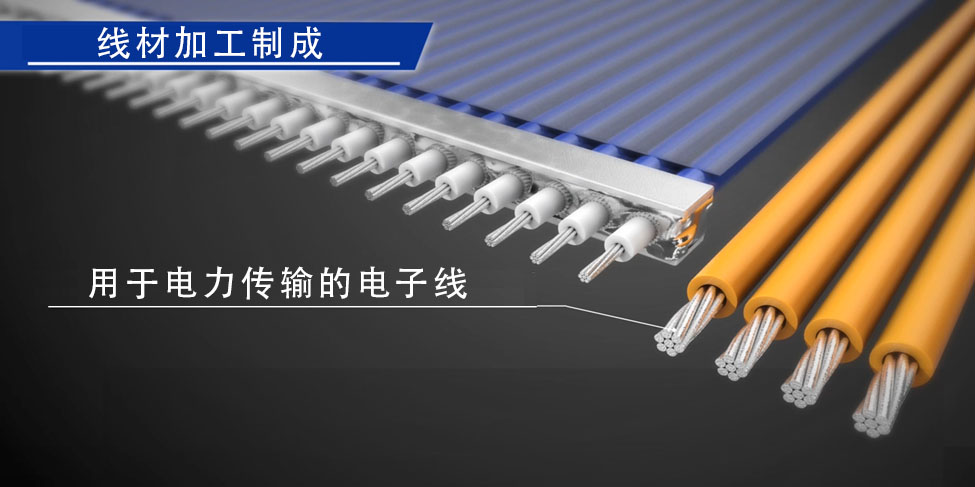
Grounding lugs and fingers: However, the difficulty of handling the harness increases, and in addition to reducing the number of cables used, the electrical characteristics of the harness can be improved
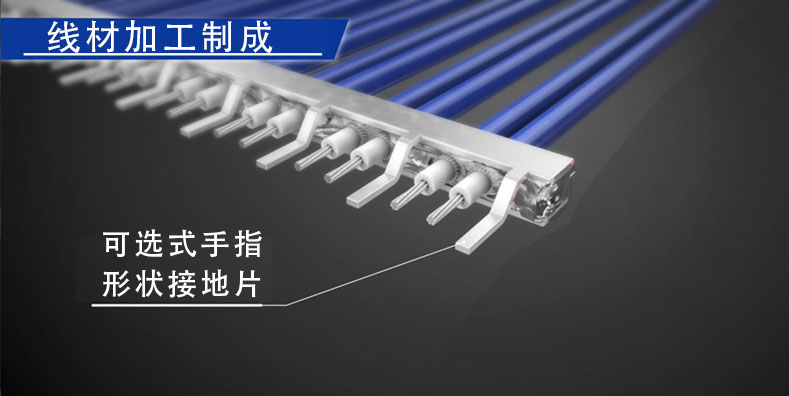
---------------------------------------------------------------------------------------------------
3、 Why the ultra-thin coaxial cable is used for high-speed applications?: 1) Features and applications of ultra-thin coaxial cable With the increasing use of high-speed Internet and large-capacity storage devices, we can easily enjoy high-quality images and videos on consumer products such as PCs, tablets and smartphones. The amount of information that needs to be processed on the device has increased dramatically, and the signal speed (transmission standard) in the device is getting faster and faster.
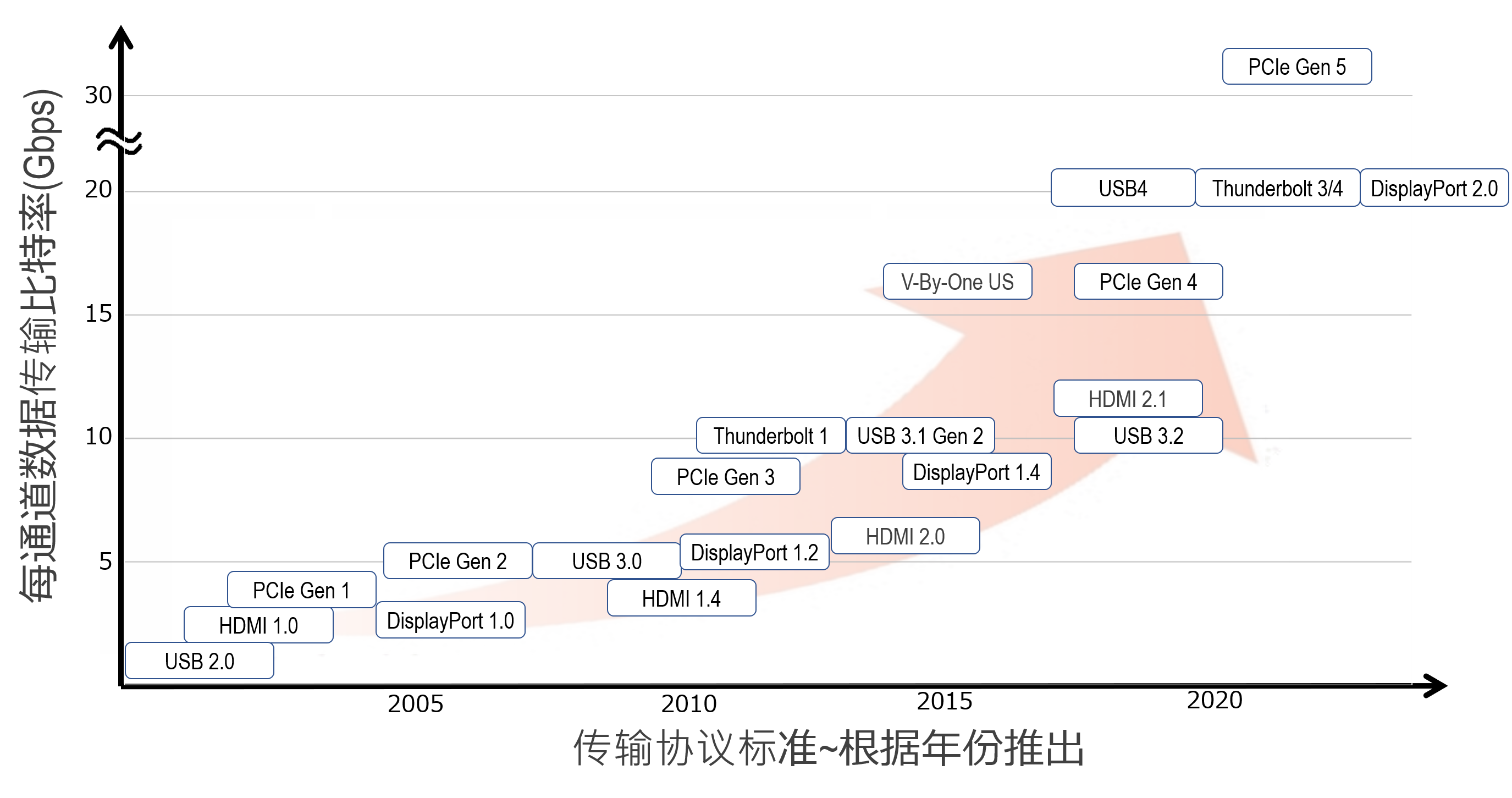
Signal transfer speed cable and FPC/FFC are mainly used for jumper connection for signal and power transfer between module boards in the equipment. To some extent, the choice of cable or FPC/FFC is determined by the signal speed (signal transmission standard) and transmission distance. * The above coaxial wires include very thin coaxial cables and twin wires.

With the improvement of signal transmission speed in recent years, very thin coaxial line is more and more widely used in jumper equipment.
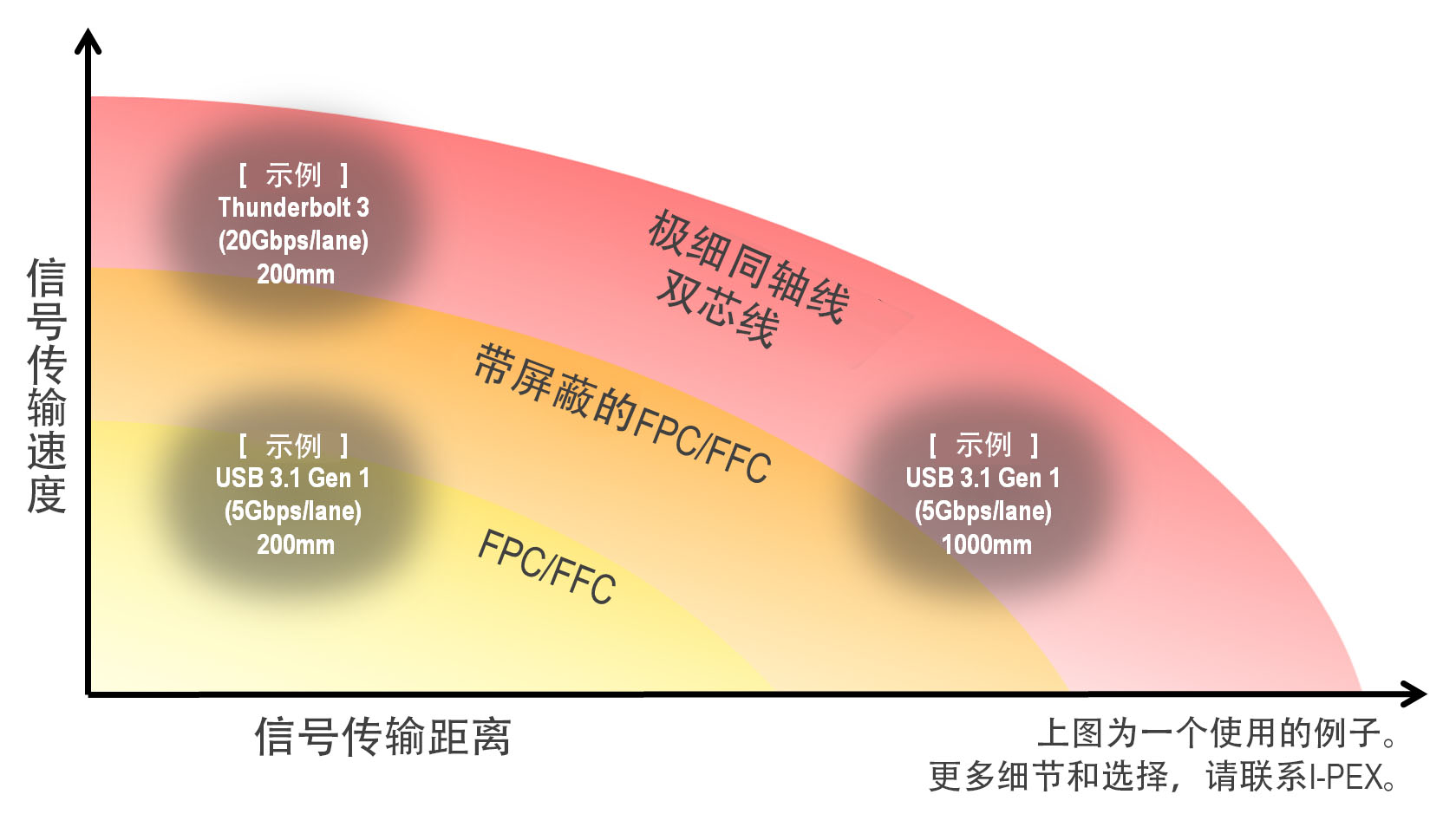
2) Signal Transmission Advantages of Very Thin Coaxial Lines The signal transmission characteristics are affected by several parameters, including, for example, impedance, insertion loss, return loss, and crosstalk. The following are some of the main reasons why very thin coaxial lines are generally considered to have signal transmission advantages when transmitting signals at high speeds. Reduce return loss: The center conductor, insulator and outer conductor of the very thin coaxial line are properly matched, and the performance is stable under a specific impedance. The matched and stable impedance results in low return loss. Reduced insertion loss: Compared with FPC/FFC, the very thin coaxial line can ensure a larger cross-sectional area of the central conductor when matching a specific impedance, thus reducing the insertion loss to a greater extent. Improved shielding performance: The outer conductor acts as an electromagnetic shield, so the electrical signal transmitted on the center conductor is less susceptible to electromagnetic waves (electromagnetic noise) from the outside. In addition, the shielding effect of the outer conductor helps to reduce crosstalk between signals. 3) Mechanical Advantages of Very Thin Coaxial Line 16 Very thin coaxial line is usually used because it has higher flexibility than shielded FPC/FFC and can maintain stable electrical characteristics even if bent.
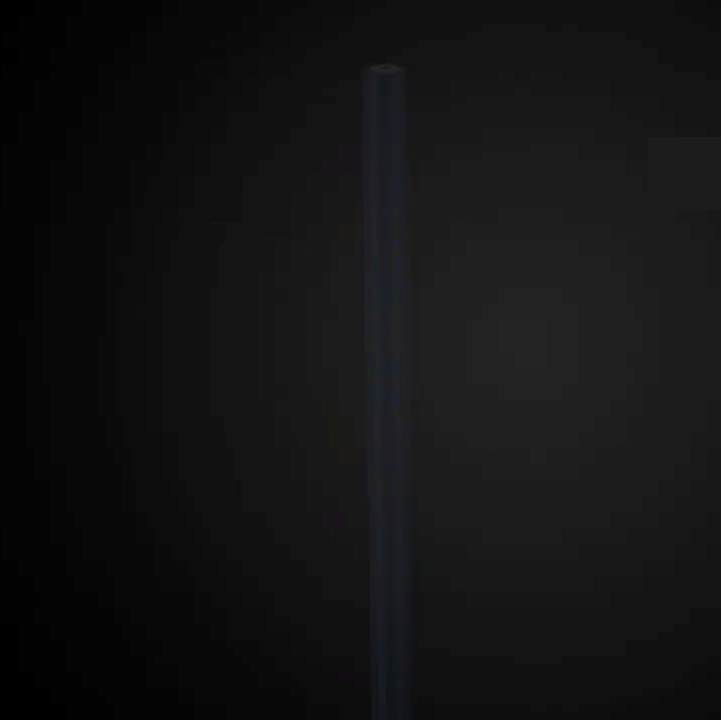
Flexible very thin coaxial lines are suitable for devices with hinges where cables need to be routed, such as laptop PC tablet hinges and mobile cameras on UAVs. With the rise in applications including HD cameras and panels, along with faster signal transmission speeds, very thin coaxial lines that combine high-speed signal characteristics with mechanical advantages are the solution.

---------------------------------------------------------------------------------------------------
4、 for some pictures of the very thin coaxial harness (Micro Coaxial Cable) harness assembly products produced by our company (pictures are for reference only):
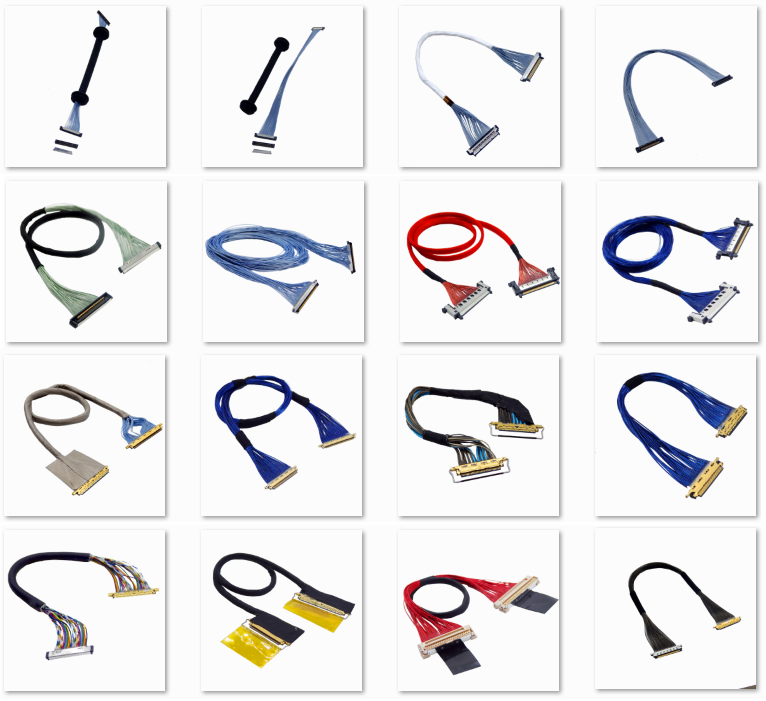
---------------------------------------------------------------------------------------------------
5、 how to buy or know about very thin coaxial harness (Micro Coaxial Cable) harness assembly products? :